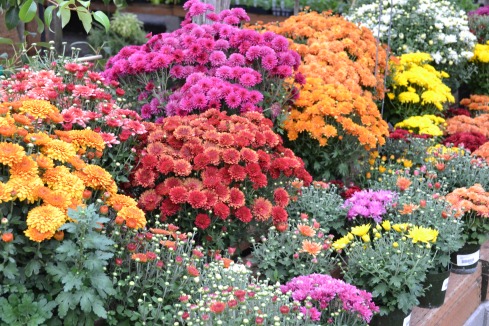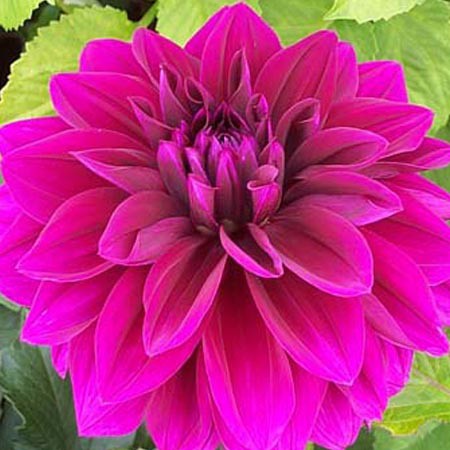By Stacie Palmer of Dennis’ 7 Dees
They’re back!!!! We are pleased to announce that sterile butterfly bush selections are now available! In honor of the beloved (albeit invasive in the fertile form), butterfly bush, this month we’ll review available varieties, as well as wonderful companion plants. Theme: birds, butterflies, bees—oh my!

In the event that this is a new-to-you plant, Buddleia or’ butterfly bush,’ is quite literally a butterfly and hummingbird magnet. These beauties grow quickly when given a sunny home in your garden. Butterfly bush prefer well-drained soil, other than that they aren’t terribly picky. Generally speaking, organically-rich soil ensures a healthier, happier plant, so add Black Forest or other well-aged compost to the soil prior to planting.
The first summer, like any other new plantings, expect to monitor moisture content of the soil. New plantings are delicate, and their roots do NOT like to dry out; the same is true of butterfly bush. Once established, though, this is one tough plant with great tolerance for drought. Another bonus: it’s naturally deer resistant!
A prolific bloomer, Buddleia starts her show late spring/early summer and performs until frost. For this reason, it is important to hard prune (cut back heavily) the plant in early spring. If there is the need, pruning will also help control the size and shape of the plant. Should a freeze kill off the top portion of the plant, not to worry, it will grow back like a perennial plant. Now that’s hardy!
 What should you expect this plant to look like? Butterfly bush has a wonderful upright, yet arching habit. Long spire-shaped flowers are held at the tips of branches, which are covered in soft, felt-like grayish-green leaves. The plant’s mature size ranges from 2’ – 6’ tall and wide, cultivar (variety) dependent.
What should you expect this plant to look like? Butterfly bush has a wonderful upright, yet arching habit. Long spire-shaped flowers are held at the tips of branches, which are covered in soft, felt-like grayish-green leaves. The plant’s mature size ranges from 2’ – 6’ tall and wide, cultivar (variety) dependent.
A look at varieties available:
Lo & Behold Collection:
‘Blue Chip’—purple flower, fragrant, 2 ‘ tall x 2 ½ ‘ wide
‘Purple Haze’—purple flower, horizontal growth habit, 3’ tall and wide
Flutterby Grande Collection:
‘Blueberry Cobbler’—gray-blue flower fades to yellow-orange, 6’ tall and wide
‘Peach Cobbler’—peach flower, fragrant, 4’-6’ tall and wide
‘Vanilla’—creamy-white flower, fragrant, 6’ tall and wide
Miscellaneous cultivars:
‘Miss Ruby’—vibrant magenta-purple flower, fragrant, 4’-5’ tall and wide

Looking for a fabulous combination that is low-maintenance, drought-tolerant, deer-resistant, provides color all season and attracts pollinating bees, butterflies, and hummingbirds? Consider this grouping:
 Your choice of sterile Buddleia (butterfly bush)
Your choice of sterile Buddleia (butterfly bush)- Echinacea (coneflower) in a coordinating or contrasting color
- Agastache (anise hyssop) in a coordinating or contrasting color
- ‘Morning Light’ Miscanthus (leave up for winter structure and food source for migrating song birds)
All of these plants require the same cultural conditions: sun, well-drained soil (preferably amended with compost), and minimal water once established. Not only will you attract wildlife galore (deer excluded), you also get variety in size, shape, and color. . .what could be more perfect?
Tags: buddleia dayidii, butterfly bush, butterfly garden, Dennis' 7 Dees, flowers, garden center, Gardening, perennial, Portland, sterile butterfly bush, summer lilac























































